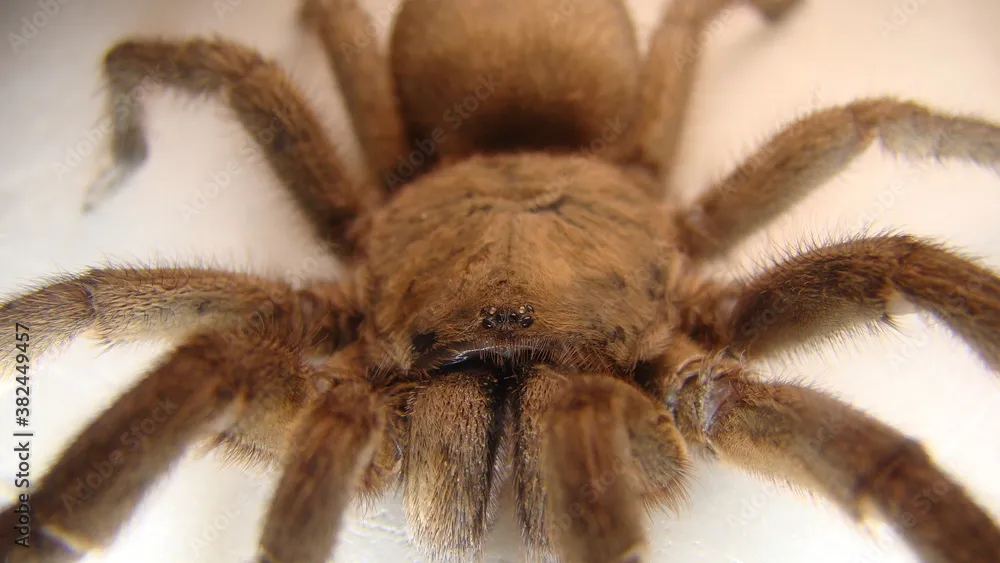Tarantula Spider Facts for Beginners
Tarantulas, often misunderstood and sometimes feared, are fascinating creatures that can make rewarding pets. For beginners, understanding these arachnids is the first step toward appreciating their unique characteristics and the responsibilities that come with owning one. This guide offers essential facts to help you get started. From their biology and fascinating behaviors to their care requirements, we’ll cover everything you need to know to begin your journey into the world of tarantulas.
What is a Tarantula Spider
Tarantulas are large, hairy spiders belonging to the Theraphosidae family. They are found in tropical and subtropical regions around the world. Unlike many spiders, tarantulas are generally docile and have a relatively long lifespan, making them popular pets. They differ significantly from other spiders in size and appearance, often sporting vibrant colors and intricate patterns. Their size ranges from a few inches to over a foot in leg span, depending on the species.
Basic Tarantula Spider Biology
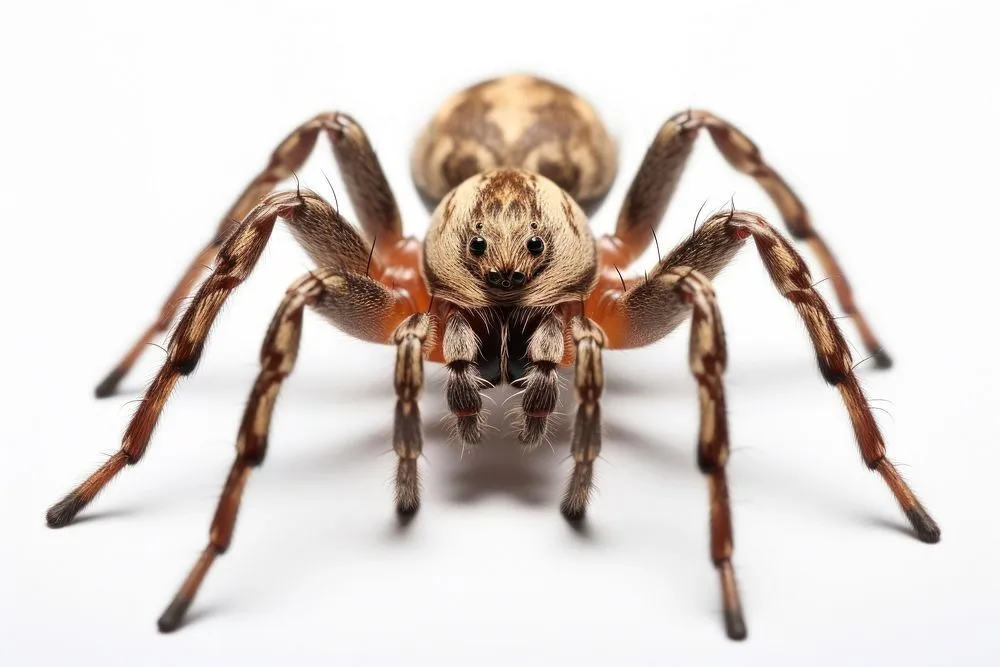
Tarantulas, like all spiders, have eight legs, two body segments (cephalothorax and abdomen), and multiple eyes. They breathe through book lungs and have fangs for injecting venom, which they use to subdue prey. The exoskeleton, or outer shell, is made of chitin, which they shed during molting to allow for growth. The molting process is a critical part of their life cycle, enabling them to regenerate lost limbs and grow larger. Understanding their biology helps in providing appropriate care.
Five Amazing Facts About Tarantula Spiders
Tarantula Spider Fact 1: Size and Appearance
Tarantulas vary greatly in size, with some species having a leg span of only a few inches, while others can reach over a foot. Their appearance is also incredibly diverse. They come in an array of colors and patterns, including vibrant blues, oranges, and reds. The hairy appearance of tarantulas is due to the presence of setae, which are sensory hairs that help them detect their environment and sense vibrations.
Tarantula Spider Fact 2: Habitat
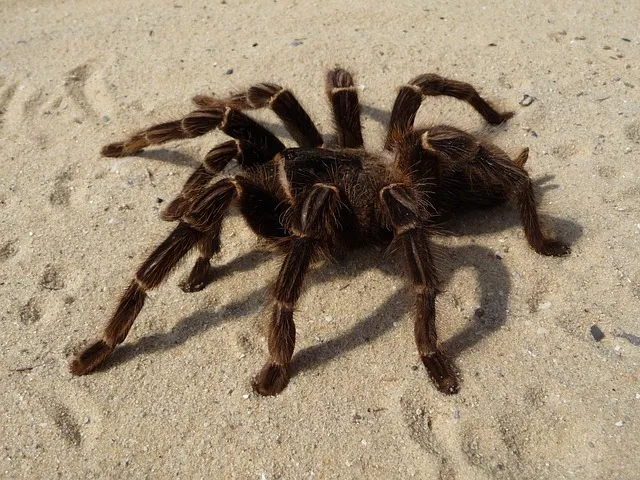
Tarantulas are native to various habitats, including rainforests, deserts, and grasslands. Their natural habitats influence their behavior and care requirements. Some species are terrestrial, living on the ground, while others are arboreal, residing in trees. Burrowing tarantulas dig underground dens, providing shelter and protection. Understanding their natural habitat is essential for replicating it in captivity.
Tarantula Spider Fact 3: Diet
Tarantulas are primarily carnivores, feeding on insects and other invertebrates in the wild. In captivity, they typically eat crickets, mealworms, and roaches. The diet of a tarantula should be varied to provide essential nutrients. Younger tarantulas require more frequent feeding, while adults can eat less often. Proper feeding helps in maintaining their health and encouraging growth. It is crucial to provide fresh, appropriately sized food.
Tarantula Spider Fact 4: Lifespan
The lifespan of a tarantula varies by species and sex. Female tarantulas generally live much longer than males. Some female species can live for over 20 years, while males typically live only a few years after reaching maturity. The long lifespan makes tarantulas a long-term commitment for pet owners. Proper care and a suitable environment contribute to a longer and healthier life.
Tarantula Spider Fact 5: Venom and Safety
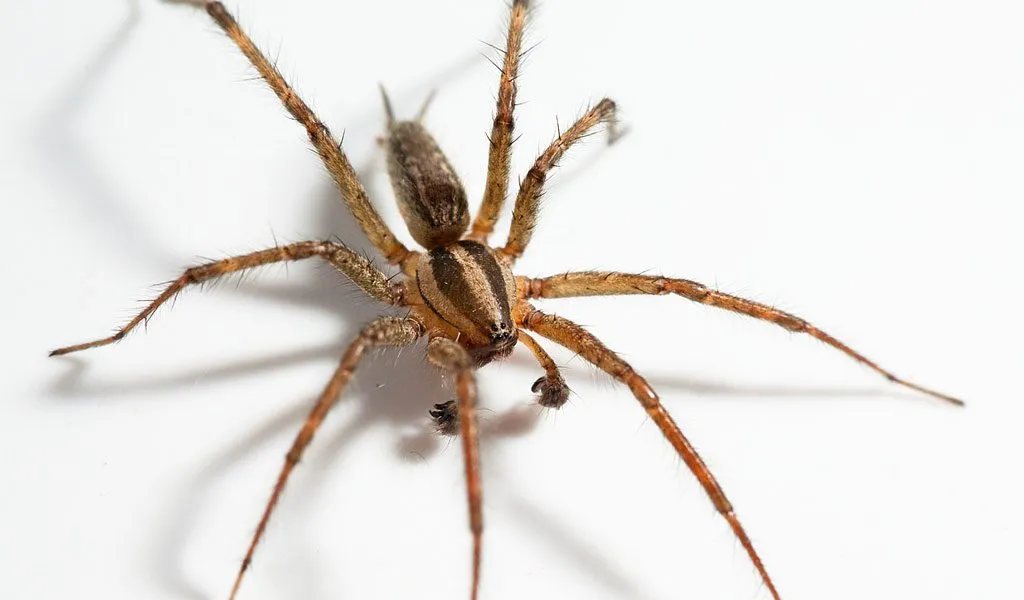
Tarantulas do possess venom, but it is generally not considered dangerous to humans. Their venom is similar to a bee sting, causing localized pain and discomfort. However, the hairs on their abdomen, called urticating hairs, can cause irritation if they come into contact with skin. It is important to handle tarantulas with care and avoid direct contact with these hairs. Always wash your hands after handling or cleaning their enclosure.
Tarantula Spider Care Tips for Beginners
Choosing the Right Tarantula Spider
When choosing a tarantula, consider your experience level and the species’ temperament and care needs. Some species are more docile and easier to care for than others. Research different species to find one that suits your lifestyle. Factors to consider include size, lifespan, and habitat requirements. Popular beginner-friendly tarantulas include the Chilean Rose Hair and the Mexican Red Knee tarantula.
Setting Up a Tarantula Spider Enclosure
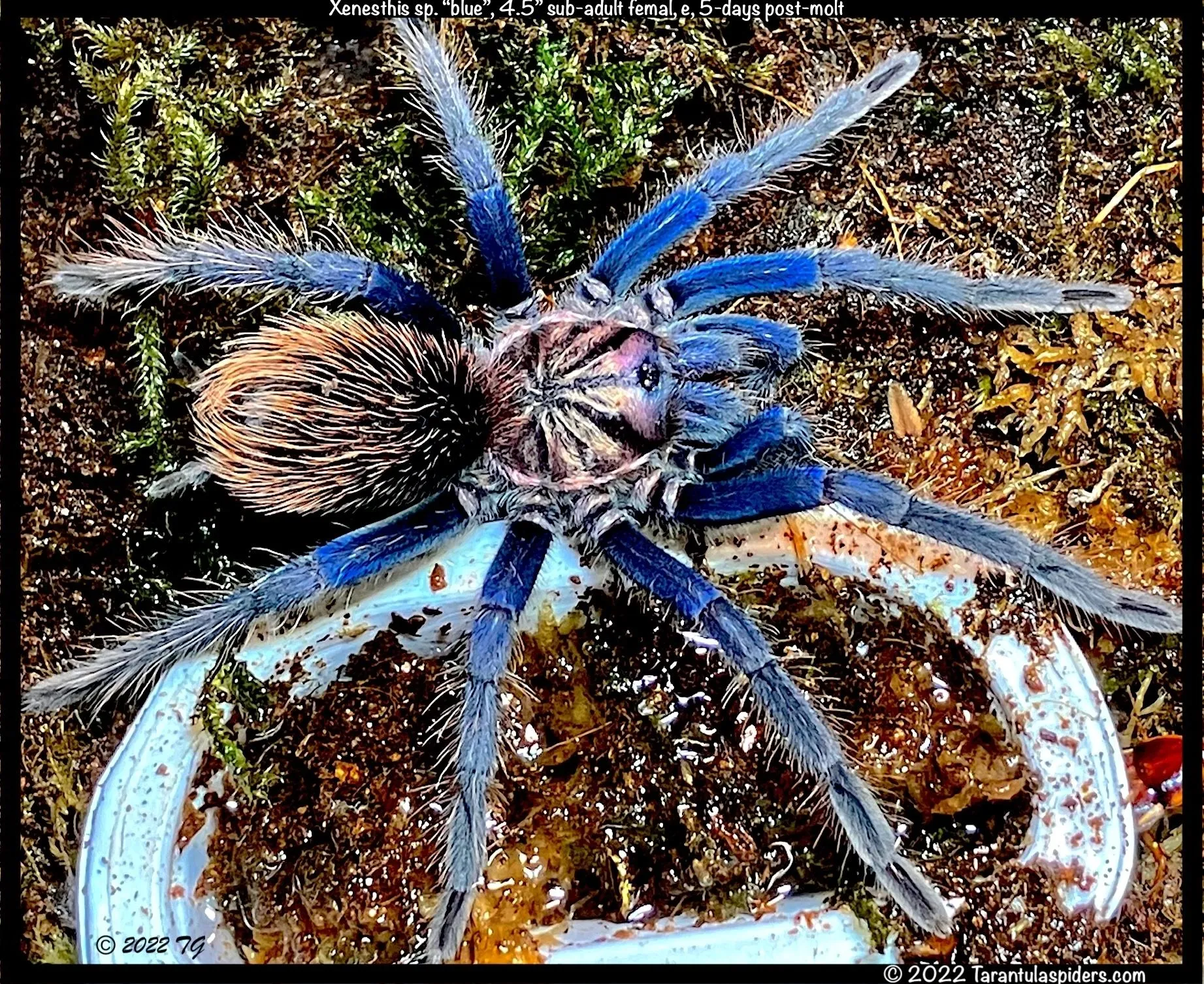
The enclosure should be appropriately sized for the tarantula, providing enough space to move around. The substrate should be suitable for the species’ needs, with materials like coconut fiber or peat moss. Ensure the enclosure has proper ventilation and secure lid to prevent escape. Provide a water dish and appropriate hiding places, such as cork bark or artificial plants, to make the tarantula feel secure.
Feeding Your Tarantula Spider
Feed your tarantula appropriate-sized insects, such as crickets or mealworms, a few times a week. The frequency of feeding depends on the tarantula’s age and species. Avoid overfeeding, and remove any uneaten food to prevent mold growth. Provide a shallow water dish with fresh water at all times. Regular monitoring of food intake and adjusting the diet as needed is vital for maintaining health.
Handling Your Tarantula Spider
Handling a tarantula is best avoided unless necessary. Tarantulas can be sensitive, and handling can cause stress. If you need to handle your tarantula, do so gently and slowly, ensuring the spider feels supported. Always supervise children and avoid handling if the tarantula appears defensive. Wash your hands thoroughly before and after handling.
Common Tarantula Spider Health Issues
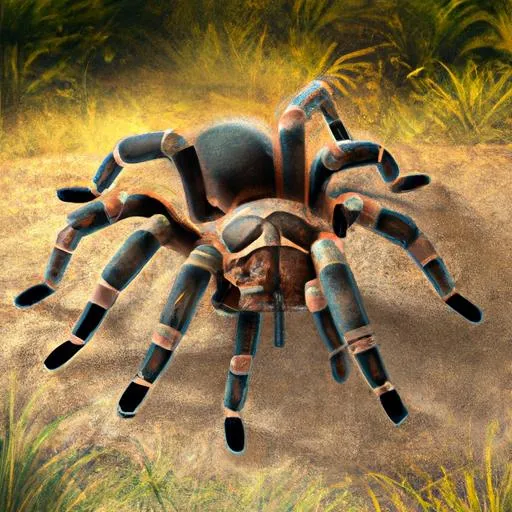
Tarantulas can experience health issues such as dehydration, mites, and injuries. Dehydration is common; ensure the water dish is always full. Mites can be a serious issue; quarantine new tarantulas and clean the enclosure regularly. Injuries can occur during molting or due to falls; provide a safe environment with proper substrate depth and minimal hazards. If your tarantula exhibits signs of illness, consult with a veterinarian experienced in exotic animals.
In conclusion, tarantulas can make captivating pets for those prepared to provide the necessary care. By understanding their biology, needs, and potential health issues, you can ensure a long and enriching life for your tarantula. Remember to research the specific species you choose, and always prioritize the health and well-being of your new companion. Enjoy your journey into the fascinating world of tarantulas.
